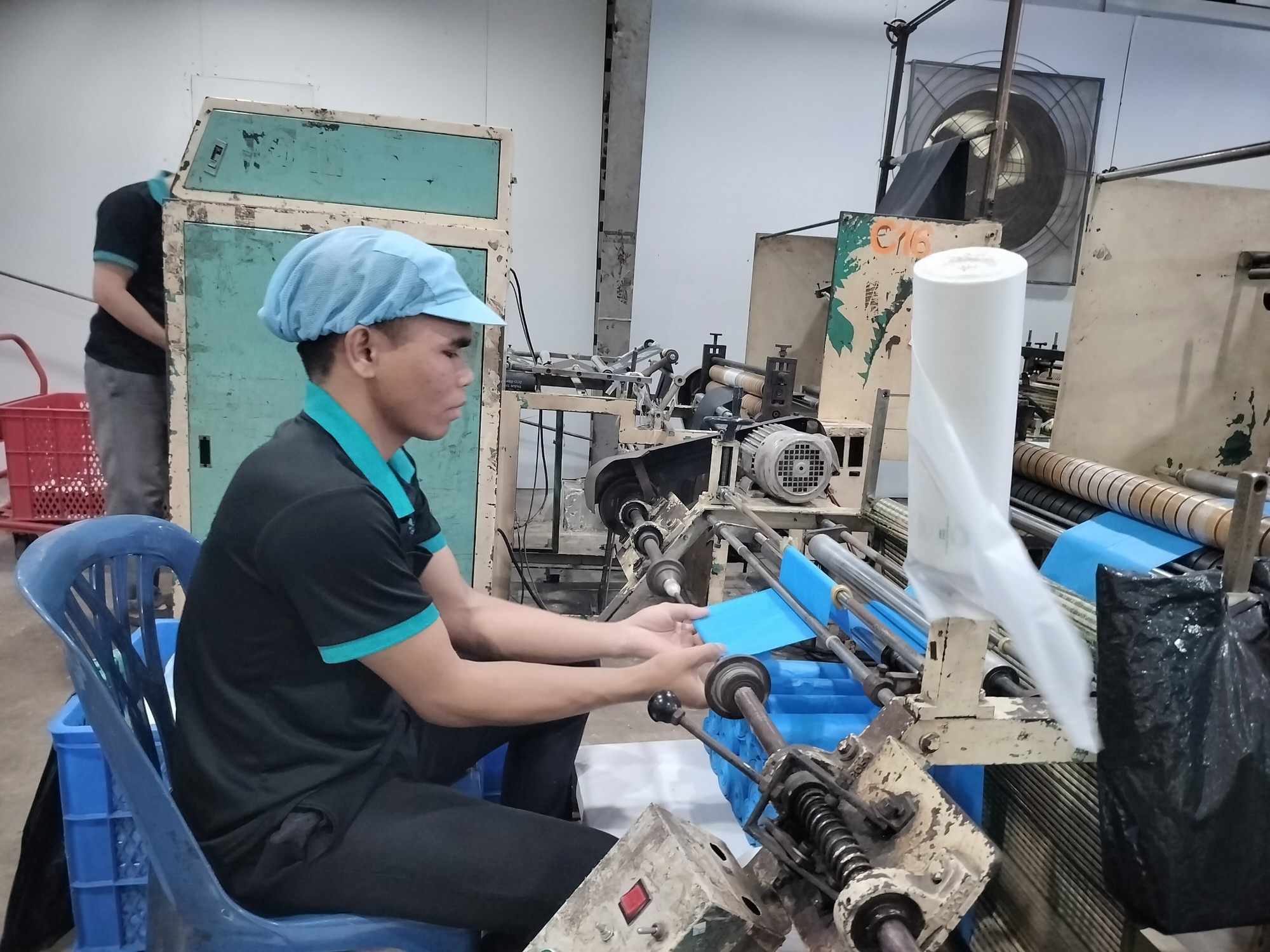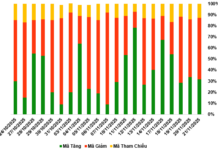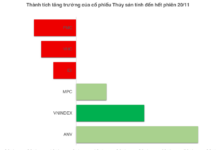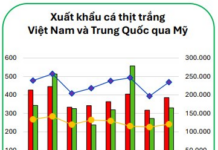For nearly two decades, Nguyen Thi Be (from Dong Thap province) has been working tirelessly at a company in Tan Binh Industrial Park, Ho Chi Minh City. However, her salary for social insurance contributions barely exceeds VND 5 million, while her monthly income ranges from VND 8-11 million.
According to Chi Be, before 2012, the company paid their workers based on time-based wages, and they organized skill tests to determine job levels and make salary adjustments accordingly. The social insurance contributions were also based on the workers’ job levels.
However, in the later period, the company switched to a piece-rate payment system. While this new calculation method increased the actual income of skilled workers, the company discontinued the job-level advancement tests. As a result, social insurance contributions were adjusted based only on the regional minimum wage set by the state, plus a 7% skill allowance. “I started contributing to social insurance after getting married and having children, and my employment has been continuous ever since. I’ve never withdrawn social insurance or claimed maternity benefits,” said Chi Be. “In the past years, I’ve only contributed without receiving any benefits, so, like many other workers, I wanted to minimize my social insurance contributions. But now, just a few years away from retirement, I worry that my low contribution base will result in an insufficient pension.”

Workers hope for increased social insurance contributions to improve retirement benefits
Given this situation, Chi Be believes that while it may be challenging for workers to contribute based on their actual income, contributing solely based on the regional minimum wage puts them at a long-term disadvantage. Therefore, she wishes to increase her social insurance contributions by including mandatory allowances, reducing the gap between her actual income and the contribution base.
On the other hand, Phan Thi Trao Trang, a worker at Juki Vietnam Co., Ltd. (Tan Thuan Export Processing Zone, District 7, Ho Chi Minh City), favors social insurance contributions based on actual wages. Prior to joining Juki, she worked at a garment company for almost a decade, during which her social insurance contributions remained low, close to the regional minimum wage. In 2017, she gave birth to a child and took a break from work for over a year to take care of her child. As a result, she decided to withdraw her social insurance for the nearly ten years of contributions. “My child was frequently ill, so I had to withdraw my social insurance,” she said. “But because the contribution level was low, the one-time social insurance payment and maternity benefit didn’t cover much of the expenses.”
Therefore, when she joined Juki, she strongly supported the company’s decision not to standardize workers’ social insurance contributions based on the regional minimum wage but instead on their basic salary plus allowances. Being over 40 years old, she only wishes for a stable job and to continue contributing to social insurance to receive a pension.
Tran Thi Thanh Thao (from Dong Nai province) also experienced a shock when she had to pay more than VND 800,000 per month for insurance premiums when she first started working at a large footwear company in Dong Nai province. With a salary of over VND 8 million per month, she only took home about VND 7.3 million after deductions, which felt like a significant loss. “However, after learning more about it, I realized that higher contributions lead to higher insurance benefits, and workers still benefit as the company bears the majority of the cost,” she said. “Over time, I’ve come to view social insurance contributions as a form of savings, and if I can’t work until retirement, I can still receive a one-time social insurance payment.”
What is the Retirement Age for Civil Servants in Leadership Positions?
“For those who wish to retire early, the new policy offers a pathway to do so. This means that employees can now choose to retire earlier and receive their pension benefits as per the law. This is a significant development, offering flexibility and choice to our dedicated civil servants and officers.”
Who Can Retire at a Higher Age?
Our retirement policy has been updated to offer greater flexibility for our valued employees. If any of our staff members wish to retire earlier or pursue other ventures, we are happy to facilitate this with a comprehensive retirement package. We strive to ensure that our employees’ transitions to the next chapter of their lives are as smooth as possible, providing them with the support and benefits they deserve.
What Can Employees Expect from Their Retirement Pension After 30 Years of Social Insurance Contributions?
The hardworking individuals who are planning for their retirement deserve a pension that covers their essential needs. They aspire for a financial cushion that ensures their basic expenses, such as food, utilities, and household bills, are taken care of comfortably.
“Unraveling the Mystery of Retirement Benefits: Navigating the Complex World of Social Security.”
Introducing the intricacies of the Social Insurance Law of 2014, Articles 56 and 74, which outline the calculation of retirement benefits for employees. The law stipulates that an individual’s pension is determined by multiplying the entitlement ratio by the average of their monthly salary and social insurance contributions. This intricate process ensures a secure future for retirees, with their pension serving as a foundation for their golden years.













































